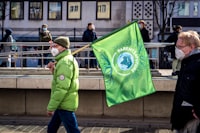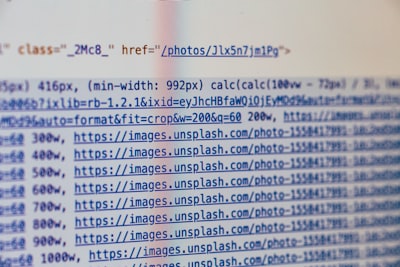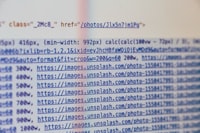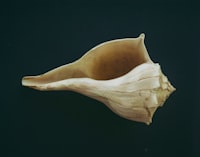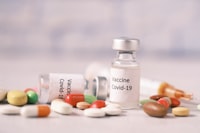Policy brief
PB 45 Glorification of Economic Growth and the Energy Trilemma in the Nickel Industry
Nickel provides significant economic growth benefits for Indonesia. Nickel is able to increase Non-Tax State Revenue (PNBP) from nickel royalties to reach IDR 4,18 trillion, and contribute 13,19% to the total non-oil and gas natural resources PNBP in May 2022. The increase in economic growth from the nickel industry is also claimed to be from an increase in labor absorption in Indonesia.
However, the economic growth generated by the nickel industry is not commensurate with the negative externalities that arise from the environmental side to violations of Human Rights (HAM). Environmental degradation, water pollution, and loss of community food sources are some of the negative impacts experienced by communities around mines. Land conflicts and seizure of customary rights of indigenous communities often occur, damaging the local social and economic order. In addition, corrupt practices in granting mining permits further worsen the situation. Apart from that, unemployment and poverty levels in nickel-producing provinces are still high, and the promised economic benefits are not felt evenly by local communities.
Unfortunately, these negative externalities are often ignored in public discourse due to minimal coverage in the media. Mainstream media discourse focuses more on the positive economic and political aspects of the nickel industry, while the negative impacts on the environment and human rights are more discussed by investigative media. The positive discourse on the nickel industry from an economic perspective is more widely discussed by government actors, while the negative discourse is echoed more by civil society organizations. This shows that media discourse on the nickel industry is still lame and tends to focus only on the economic aspects.
To achieve fair and sustainable energy management, nickel industry policies and governance must be improved. The government, together with other stakeholders, needs to ensure that nickel industry practices not only prioritize economic growth, but also prioritize environmental sustainability and the social welfare of society.
Read the full Policy Brief volume 45 entitled "Glorification of Economic Growth and the Energy Trilemma in the Nickel Industry" below.




